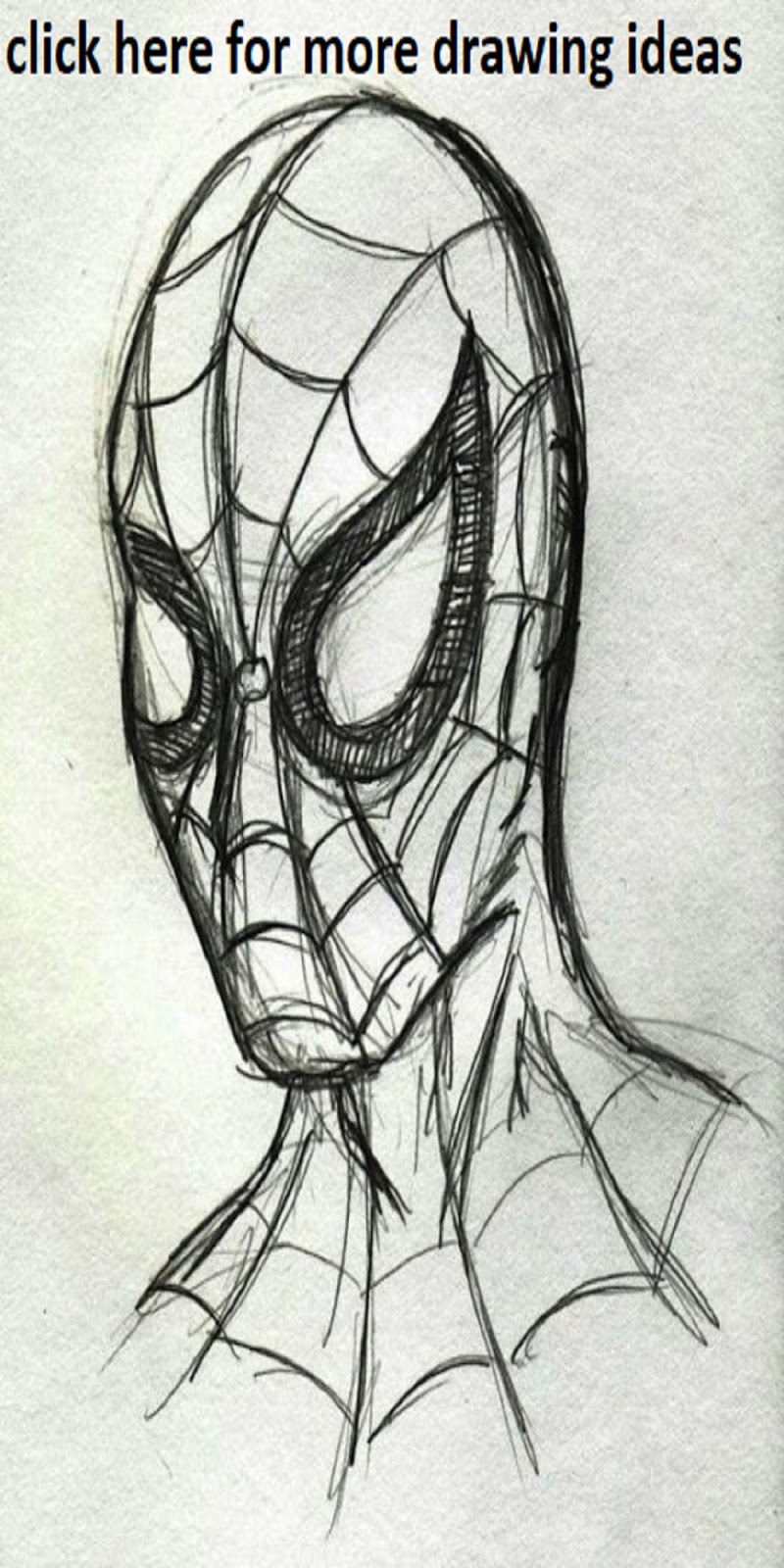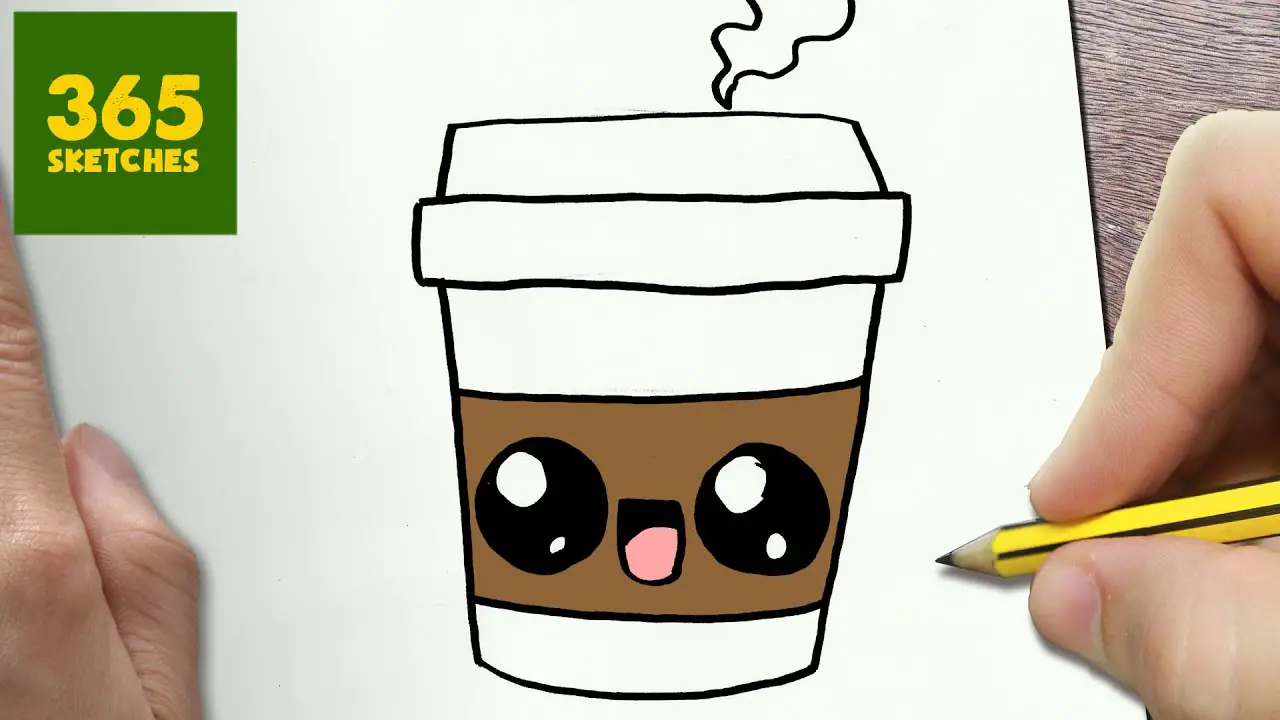The Cool Stuff to Draw That’s Surprisingly Easy: Unleash Your Inner Artist
Ever looked at stunning artwork and thought, “Wow, I wish I could do that”? The good news is, you can! Forget complex figures and intricate landscapes – there’s a whole world of cool and creative drawing ideas that are surprisingly easy to master, even if you consider yourself a beginner. This article explores a variety of accessible drawing subjects, perfect for sparking your creativity and building your confidence, all while optimizing your artistic journey.
Embracing the Simplicity: The Power of Easy Drawing Subjects
The key to enjoying drawing, especially when starting, is to choose subjects that are approachable and allow you to focus on fundamental techniques. This approach minimizes frustration and maximizes the fun! We’ll dive into several categories, each offering a unique avenue for artistic exploration.
The Fun and Accessible: Animals and Creatures
Animals offer a fantastic entry point into drawing. Their diverse shapes and personalities make them incredibly engaging subjects.
- Cute and Simple Animals: Think adorable puppies, kittens, or even cartoon-style versions of your favorite pets. Focus on basic shapes – circles for heads, ovals for bodies – and gradually add details.
- Tip: Use reference photos! They’re invaluable for capturing accurate proportions and details.
- Birds in Flight: Drawing birds can seem daunting, but start with simple silhouettes. Practice capturing the graceful curves of wings and the subtle tilt of the body.
- Tip: Consider using a light pencil and erasing to correct your mistakes.
- Fantasy Creatures: Unleash your imagination! Dragons, unicorns, and other fantastical creatures offer endless creative possibilities. Don’t worry about perfect realism; focus on the overall design and unique features.
The Natural World: Plants and Flowers
Nature provides an abundance of beautiful and easily drawable subjects. Flowers and plants are perfect for practicing line work, shading, and understanding form.
- Simple Flowers: Start with daisies, sunflowers, or tulips. These flowers have relatively simple structures that are easy to break down into basic shapes.
- Tip: Pay attention to the arrangement of petals and leaves.
- Leaves and Branches: Practice drawing different leaf shapes and the way branches grow. This is a great way to improve your observation skills.
- Tip: Try to capture the texture of the leaves using lines and shading.
- Cactus and Succulents: These drought-tolerant plants offer interesting shapes and textures that are surprisingly easy to draw.
Everyday Objects: Still Life Essentials
Still life drawing is a classic art form for a reason. It allows you to focus on light, shadow, and composition using familiar objects.
- Simple Fruits and Vegetables: Apples, oranges, bananas, and even a simple carrot are excellent subjects for practicing shading and form.
- Tip: Experiment with different lighting setups to create shadows and highlights.
- Mugs and Cups: These everyday objects offer simple shapes and easy-to-understand structures.
- Tip: Pay attention to the details, such as the handle and any patterns on the mug.
- Books and Journals: These rectangular forms are ideal for practicing perspective and creating depth.
Abstract and Geometric Designs: Unleashing Creativity
If you’re looking for something more abstract, geometric designs can be incredibly fun and rewarding.
- Geometric Shapes: Practice drawing basic shapes like circles, squares, triangles, and more complex combinations.
- Tip: Use a ruler and compass for precision.
- Mandala Designs: Mandalas are intricate circular designs that are surprisingly easy to create with a few basic tools.
- Tip: Start with a simple template and build from there.
- Patterns and Textures: Explore creating patterns and textures using lines, dots, and shapes.
Embracing the Learning Process: Tips for Success
- Start with Light Pencil Strokes: This allows you to easily erase and correct mistakes.
- Use Reference Photos: Don’t be afraid to use references! They’re essential for understanding proportions and details.
- Practice Regularly: Consistency is key! Even a few minutes of drawing each day can make a big difference.
- Don’t Be Afraid to Experiment: Try different techniques, materials, and styles.
- Most Importantly: Have Fun! Drawing should be a pleasurable experience.
Frequently Asked Questions (FAQs)
- What materials do I need to get started drawing? You only need a pencil, paper, and an eraser to begin. Colored pencils, drawing pens, and sketchbooks can enhance your artistic journey.
- How can I improve my drawing skills quickly? Consistent practice and studying the basics of drawing, such as shapes, shading, and perspective, are key. Using references and learning from other artists also helps.
- What if I’m not good at drawing? Everyone starts somewhere! Drawing is a skill that can be learned through practice and patience. Don’t be discouraged; keep practicing, and you’ll see improvement over time.
- Where can I find drawing inspiration? Look around you! Nature, everyday objects, and even abstract ideas can all be sources of inspiration. Social media platforms like Pinterest and Instagram also offer a wealth of drawing ideas.
Conclusion: Your Artistic Journey Begins Now!
Drawing doesn’t have to be intimidating. By focusing on these surprisingly easy subjects and embracing the learning process, you can unlock your creative potential and experience the joy of bringing your ideas to life on paper. So grab your pencils, choose a subject, and start drawing! The world of art is waiting for you to explore it.




